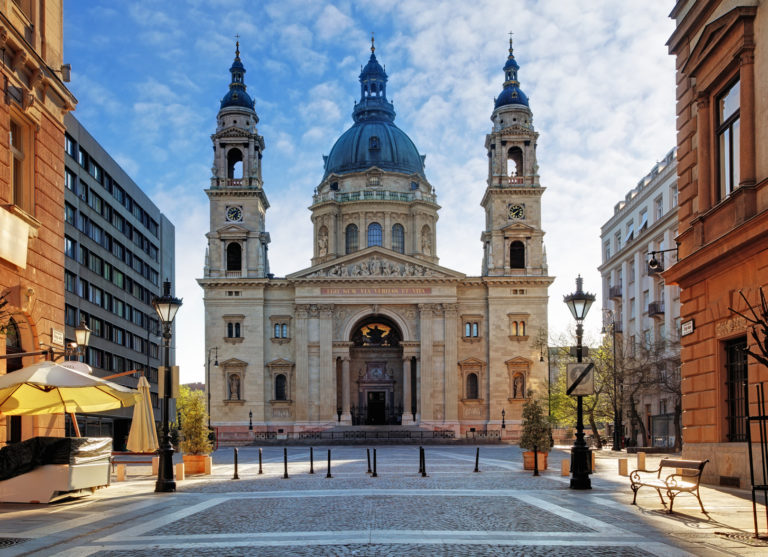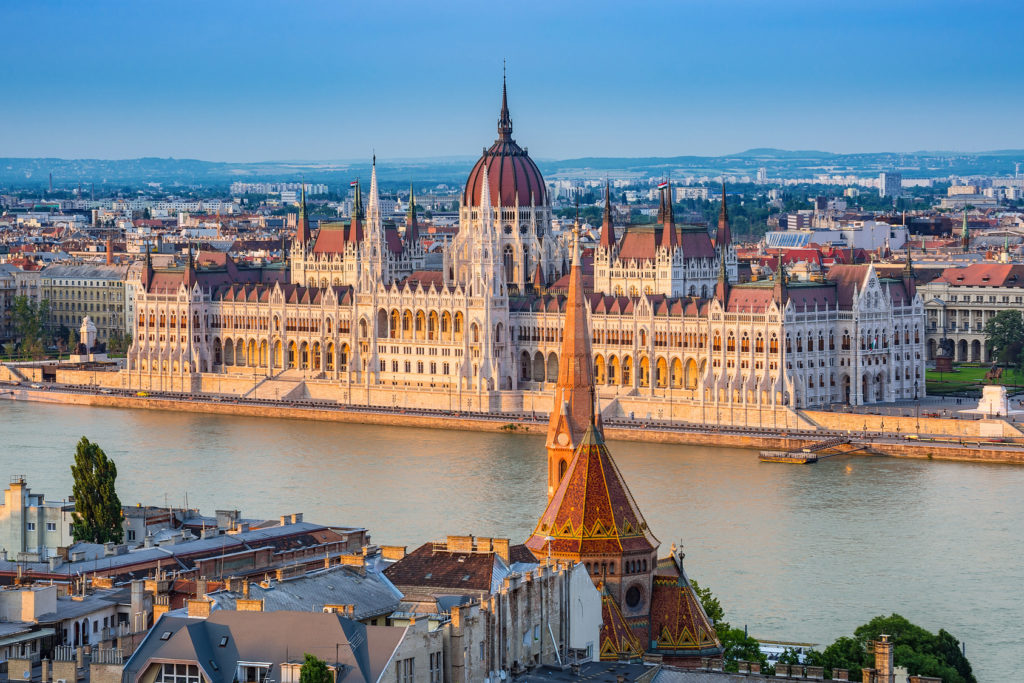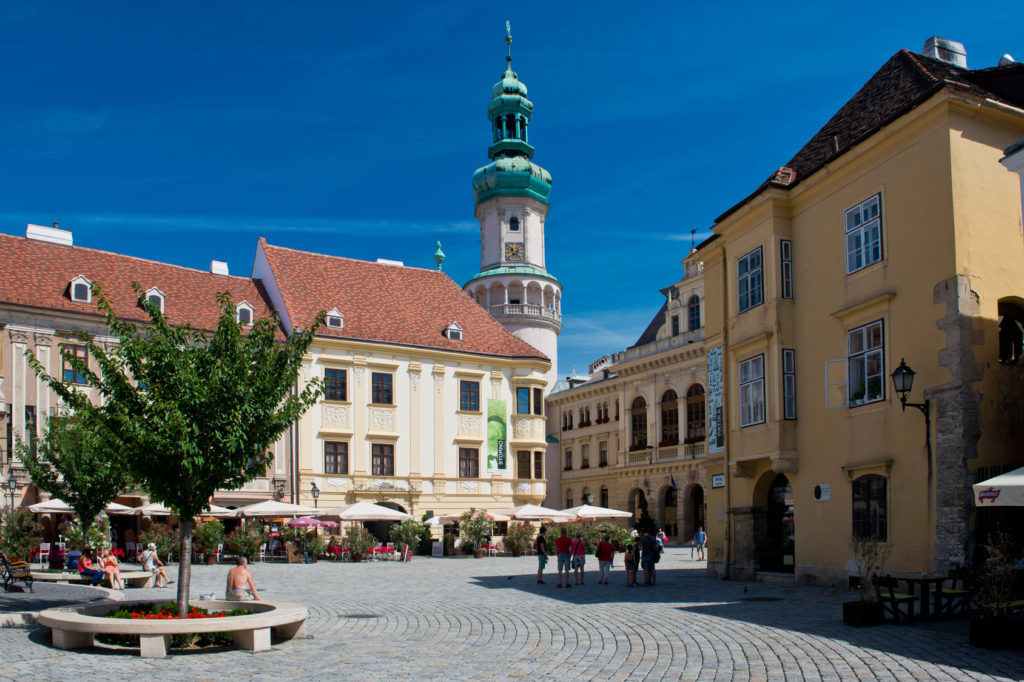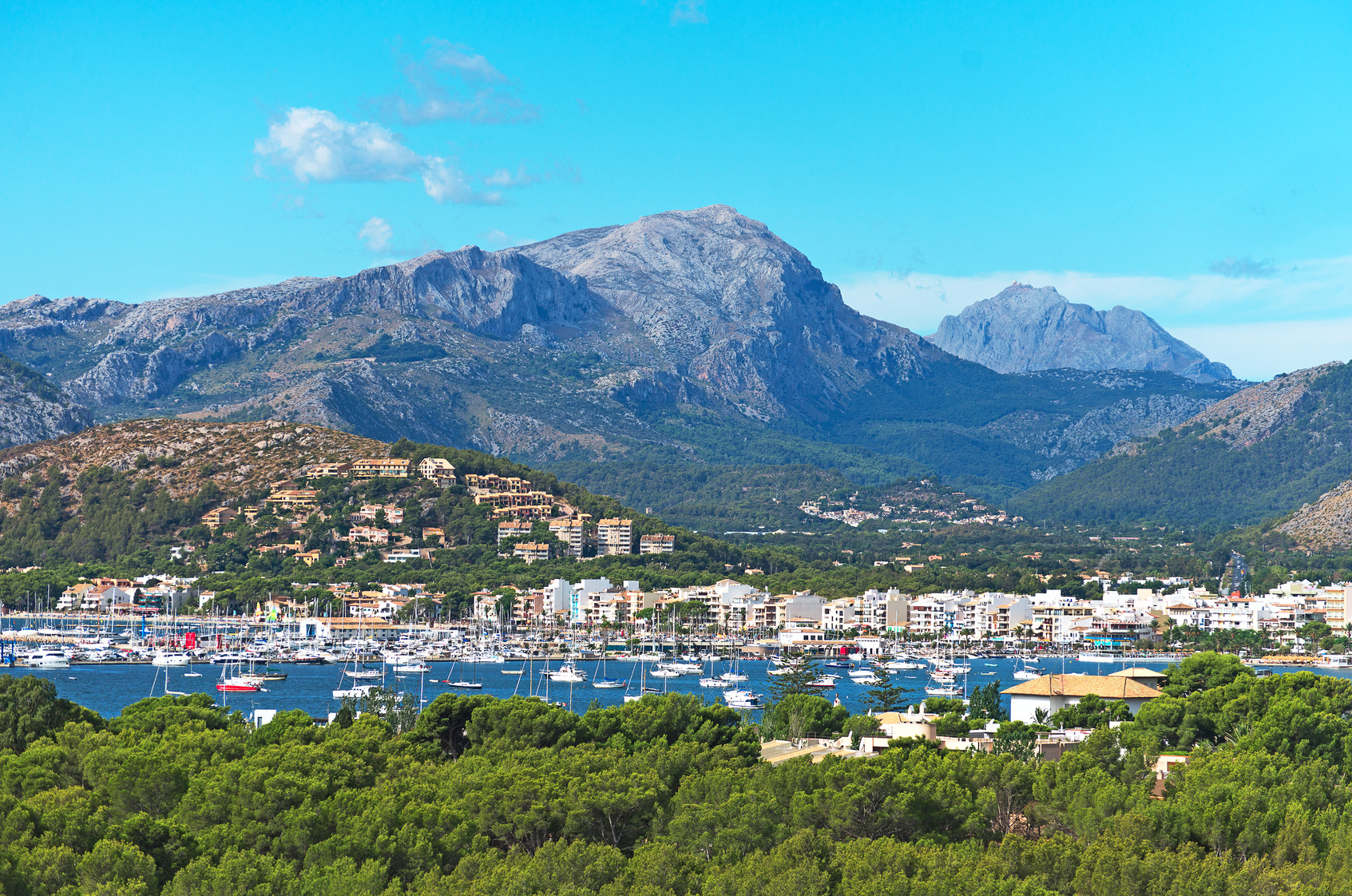With an exotic elegance that stems from myriad cultural influences over the centuries, Hungary sits at the centre of Europe in a dichotomy of old and new, tradition and sophistication.
From the timeless grandeur of Budapest, to the bucolic charms of the southwest wine growing regions along the Danube and the vast natural beauty of its national parks, the country reveals an astonishing depth of culture right from the outset.
What to Do
For lovers of history and culture, the storied capital, Budapest, conveys its heritage through its Baroque, neo-classical and Art Nouveau architecture, the spectacular Buda Castle, and its Roman ruins. For those willing to travel further afield, Szeged, Sopran, Debrecen and Kecskemét offer a more distilled variation on the theme, while the exotic mosques and public buildings of Pécs will dazzle.
You can’t go to Hungary without the experiencing the traditional “taking of the waters” in one of the 300 natural thermal mineral springs. For the locals, they’re a meeting place and a keeping up of cultural practice, but for visitors they’re a chance to partake in the therapeutic waters and simply relax and rejuvenate.
The massive expanse of the Great Plains encompasses half the country’s area and is a haven for lovers of nature and the great outdoors. The country has no less than 10 national parks and hundreds of reserves and protected areas, many of which are accessible to tourists.
Local Cuisine
The traditional peasant Magyar cuisine, heavily influenced by the Austro-Hungarian Empire and the Turks, has developed into a gastronomy defined by simple, delicate flavours.
The ingredients most associated with the cuisine are paprika and sour cream – the basis of goulashes, stews, soups, pastas and casseroles. Popular local favourites include Pörkölts, a rich ragout made with meat or chicken, onions and paprika; Túrógombóc, a sweet pasta dish comprising cottage cheese dumplings; Töltött káposzta, a stuffed cabbage dish usually reserved for a special event; Eszeteházy torta, a layered cake infused with walnut cream; and, of course, the ubiquitous goulash, of which every region has its speciality.
Climate
Summer is generally considered the best time to visit Hungary. Although it can be rainy and humid, the continental climate offers generally comfortable temperatures, averaging around 21°C in July. With the exception of Budapest, which has some excellent cultural events, winter is not the best time to visit. December to February usually experiences heavy snowfall and temperatures plummet to an average of -1°C in January.
How to Get to Hungary
By air, Hungary is under 2.5 hours from the UK, with a number of airlines flying direct routes to Budapest, including British Airways out of Heathrow and easyJet from Gatwick. A return flight with a budget carrier starts from £32. Once you’re on the ground, the fastest and most convenient way to get into the city or further afield to your final destination is with a pre-booked airport transfer from Shuttle Direct.
If you’re travelling from the UK to Hungary by train you can complete the journey in just 24 hours. The Eurostar to Paris will connect you to the high-speed TGV trains to Munich, Brussels, Vienna or Cologne, then on to Budapest via overnight sleeper. Once you arrive in Budapest, or any other train station in the country, Shuttle Direct can take you the rest of the way.
Travelling to Hungary? Don’t Miss…
Take a day trip out of Budapest to explore the ancient medieval towns of Visegrad, Esztergom and the Baroque artists’ village of Szentendre, and then return by boat along the iconic Danube River.
Step backwards in time at the gorgeous town of Sopron, with its magnificently preserved medieval centre, Belváros. Steeped in history and famous for its wine production, the town is renowned as the most picturesque in western Hungary.
Head to the hills to explore Hollókő, nestled in a valley in the Cserhát Hills. This tiny two-street UNESCO-listed town punches well above its weight, with a deeply traditional folk culture, enduring ancient architecture and a restored 13th century castle.
About Shuttle Direct:
Shuttle Direct is the largest, most trusted provider of shared and private transfer services throughout Europe and North Africa. We’ve been operating our efficient, convenient services for many years, so you can be sure you’re in safe hands. Make an online booking before you leave home and our friendly drivers can be there to meet you at any airport or train station in Hungary and get you to your final destination without the hassle of navigating public transport.









